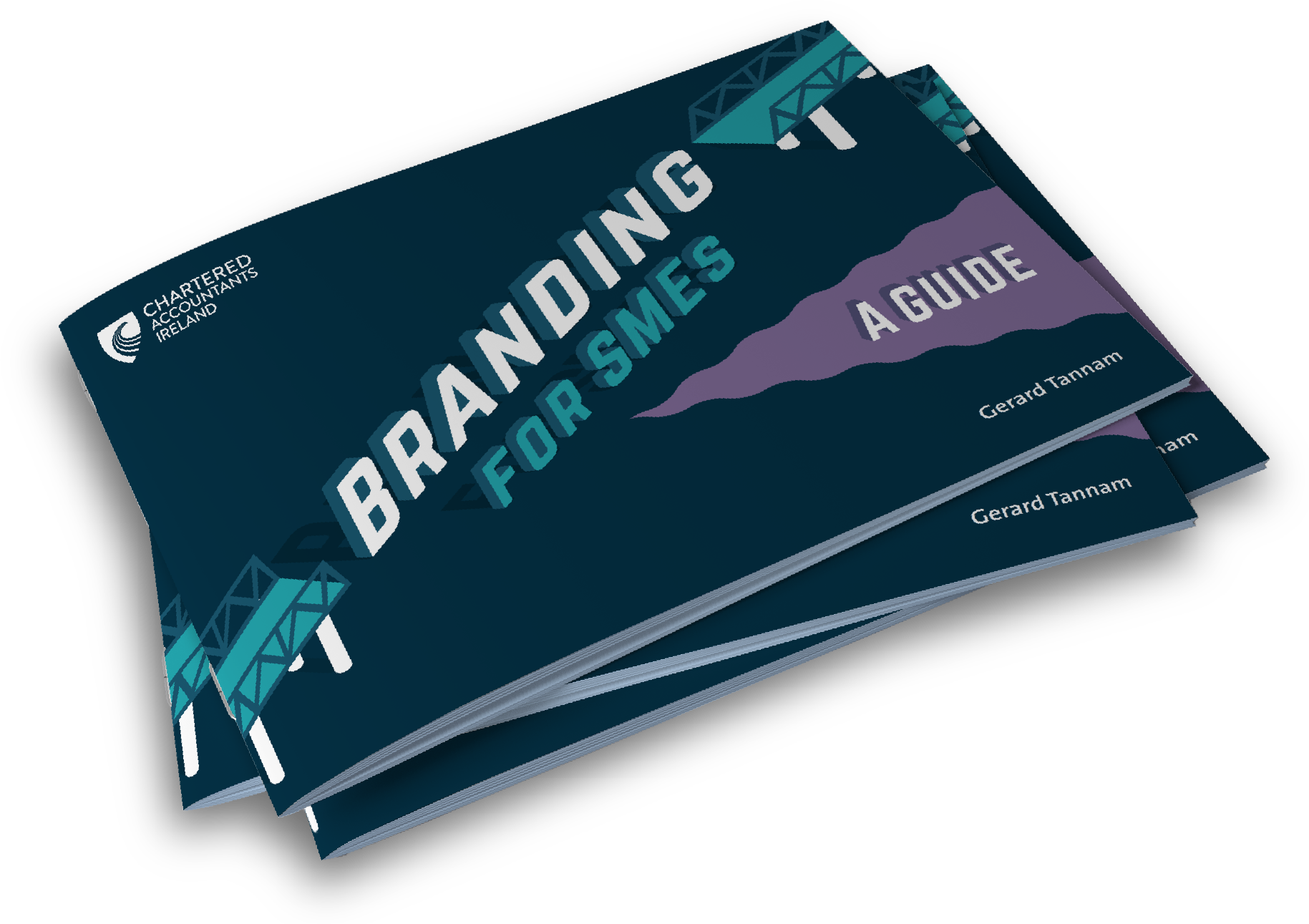IFSC: International Market Leader or No-Man’s Brand?
For almost twenty years, Dublin’s International Financial Services Centre has been at the heart of the Celtic Tiger revival
Better known as the IFSC, the district was established as something of an offshore development, aimed at attracting international companies to set up and do business there.
More recently, the area was taken under the wing of the Dublin Docklands Development Authority, to be further developed as part of its mission to establish the docklands into a “World Class City Quarter”.
Yet, despite its being a world name and international brand with over a thousand international companies trading as part of the IFSC programme, for local people the IFSC continues to be something of a shadowy entity, floating somewhere offshore beyond the bridge at the Custom House.
By night, not unlike financial districts elsewhere, the area becomes something of a ghost town, with only the occasional late night commuter in evidence on the streets. Even the restaurants and bars seem subdued at an hour when nightspots elsewhere in the city are full of life.
By day, the district is livelier but, to this outsider, only just. Whilst there are more people on the streets, most have the air of transients everywhere, moving quickly to complete an errand, eyes down and in near-silence. There is little of the buzz of conversation or the lingering over refreshment that we typically associate with market life. Instead, the financial commuters seem reluctant to be on the streets and anxious to return to the haven of their offices.
Aoife Henderson, Group Director of Marketing & Sales of Clarion Hotels Ireland, who previously directed Marketing & Sales at the Clarion Hotel Dublin IFSC when it first opened, describes how difficult it is to meet people in a place where many seem to work online and notes the “absence of village facilities, the services you might expect like a supermarket, or a book shop or a gift shop”. Branding the area a ‘World Class City Quarter’ appears foolish when the area seems cut off from the city, defined in many ways by its offshore origins. At heart, it’s a question of ownership at almost every level.
For a start, it’s unclear who owns the IFSC brand. The name itself appears almost apologetically on only one building in the area. It’s not evident where the district begins and ends, not surprisingly for a centre that prides itself on its skirting of financial boundaries. It exists both notionally and physically as something of a loophole.
There is no obvious place to go to for information on what’s happening in the area, either for those looking to visit or relocate there. The one online resource, IFSCOnline.ie, offers a mixed bag of information with much of its content too general to be of any great value.
Few of the area’s occupants, whether commercial or residential, are owners. Few of those you meet on the streets are not commuting from other parts of the city or the world.
Authority in the area is divided and it is not apparent who governs what. An Irish Times article earlier in the year suggested that the IFSC is seen internationally as a “financial ‘wild west'”, thanks to a perceived weakness in enforcement. This sense of the IFSC as frontier extends into other parts of the mix.
Building owners operate as absentee landlords with one commercial tenant, Jane Cathcart of the Expresso Bar, describing how negotiations around living and working conditions are almost invariably conducted through management companies who “charge a huge amount of money and do nothing”.
Yet there is evidence that those working and living in the area are beginning to seek the type of ownership required to establish a city quarter and build a great brand. A locally-based business association aims to achieve some of the success of its sister organisation in Temple Bar, which has made a concerted effort to decide what the area stands for and how people might be attracted there.
Both Jane Cathcart and Aoife Henderson are positive about the future of the area. Jane suggests that it’s a question of breaking down the perception that the district is “only for those people who work there”, whilst Aoife wonders whether its appeal might lie in its “largely understated charm” and argues that developments elsewhere in the docklands will see more and more people choosing the area as a place to live, work and play.
One thing is certain: If the IFSC is to become more than a no-man’s brand and establish itself as a genuine world class city quarter, it must offer a greater sense of ownership to its occupants, move onshore in the minds of its neighbours and bring its markets back onto the streets.


